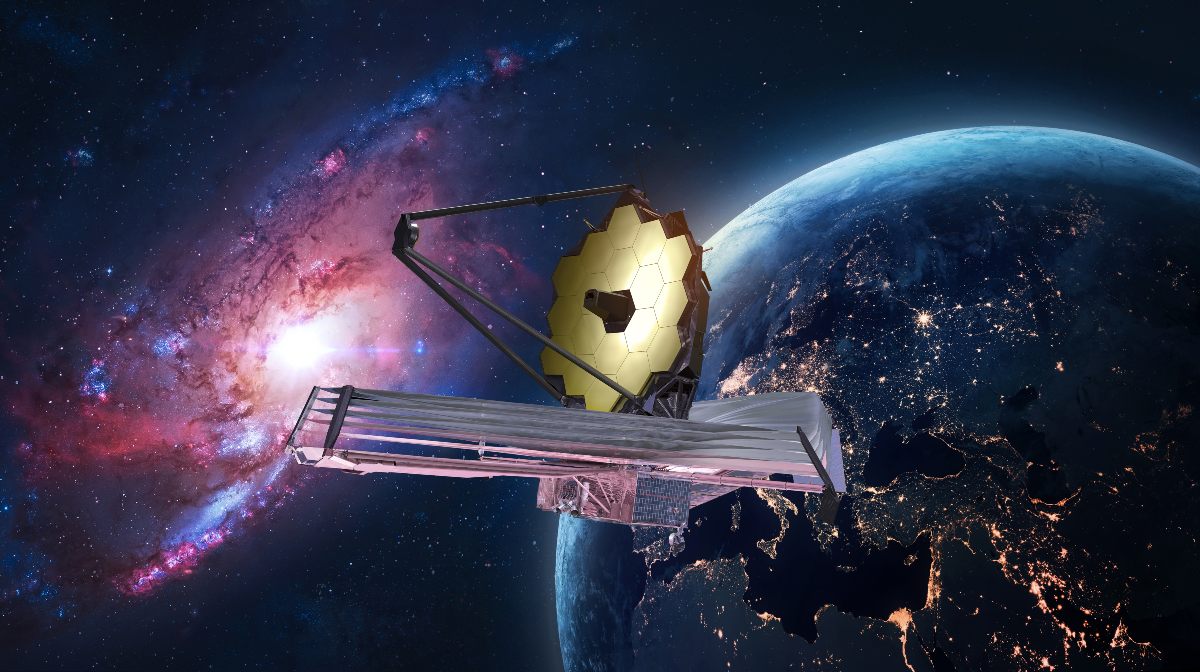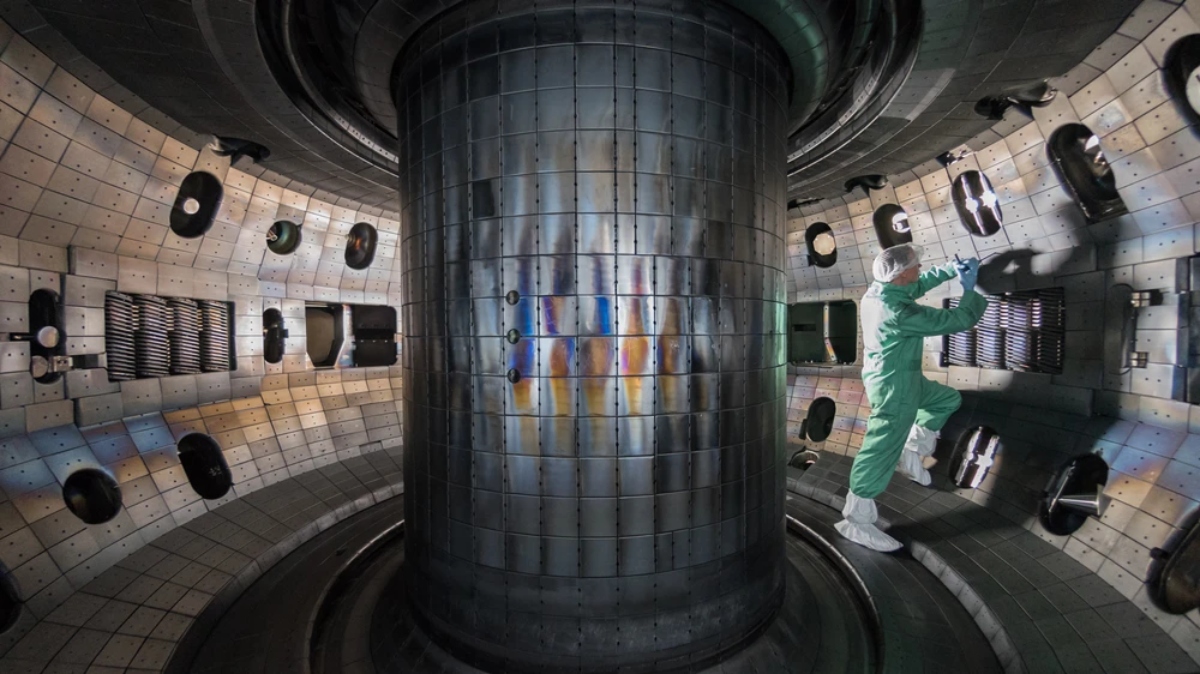The world’s first floating city, Oceanix City, responds to a need of the future. According to the UN, by 2030, 60% of the world’s population will be exposed to great social, environmental and economic pressures. But, worst of all, due to climate change, 90% of the world’s largest cities could be seriously affected by rising sea levels.
That said, you should know that the UN together with a team of architects, designers, engineers, builders and researchers from MIT, have in mind to move this project forward. The intention is to make floating cities the best solution to future problems such as housing shortages and all kinds of natural disasters, such as earthquakes, tsunamis and floods.
The world’s first floating city – would you like to live there?
What we know about the world’s first floating city is that it would be made of solid wood and bamboo. And according to Marc Collins Chen, co-founder and CEO of Oceanix, the city would be based on a series of modular hexagonal islands that would have a productive landscape. That is, bamboo grown on these islands would be used to make glulam beams.
In addition, this innovative idea aims to make these floating cities environmentally friendly, with zero waste and self-sufficient energy.
Regarding food, each island will grow the food necessary to subsist. And if you’re wondering how they’re going to build them, the idea is that each island will be prefabricated on the mainland and then towed to the desired location.
According to BIG’s Bjarke Ingels, leader of the architectural team:
“All aspects of human life would be accommodated, there would be islands for public life, including a spiritual center, a cultural center and a recreation center. It won’t be like Waterworld, it’s another form of human habitat that can grow with its success.”
Oceanix City, for now, is only a concept that does not have any type of financing. However, the UN has shown great interest and seeks to support and promote the floating city project in order to make it a reality.
Also, the prototypes will start small, but, the UN is thinking big. So they hope that each hexagon can house 300 people, and scale the system by repeating the units until the city can house 10,000 people.
Did you like this article? you can also read: A moss tire, the future of smart, sustainable and safe mobility?




